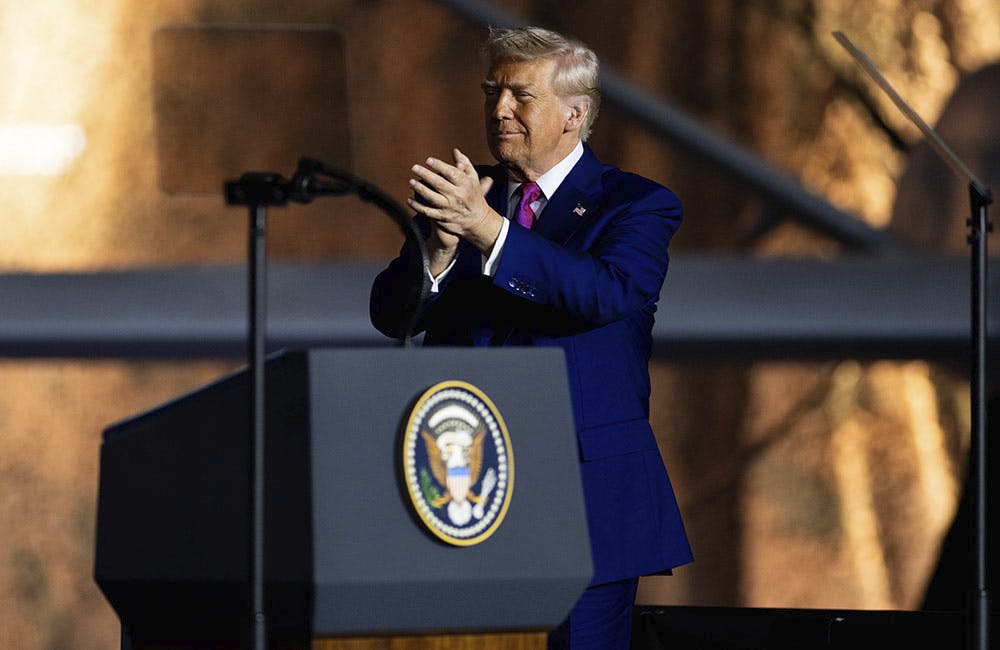As the Department of Veterans Affairs continues its electronic health record modernization (EHRM) journey, key leaders are looking to industry to deliver innovative technologies that boost efficiency for the end user.
“It all goes to efficiencies,” said Laura Prietula, acting deputy CIO of VA’s EHR Modernization Integration Office, during an FCWevent. “We really are getting to the efficiencies for population health, for evidence-based medicine, for all these point-of-care decisions, so that we can have the information at the fingertips of those that are having to make life-changing decisions.”
In her new role, Prietula is bringing the new electronic health record technology into facilities across VA, including transitioning away from the agency’s VistA technology toward new products and technologies. Migrating VistA data to the new Cerner platform is essential for creating a unified VA record.
“We are the largest health care organization in the nation, and we would like to make sure that we’re not excluding industry,” Prietula said. “We want to work with industry. … We want to make sure that we have this charge of deploying this electronic health record in a modernized way. And we welcome innovation — we welcome all participants to make sure that we have these forward-thinking products.”
To support the transition, VA has released a request for information (RFI) to industry to ascertain how the agency wants medical device manufacturers and other groups to connect with the Cerner system. Prietula said the RFI has better defined the EHR stack and the baseline for VA’s core products, including a list of all the products for biomedical devices and medical devices that VA will be publishing as part of its “core.”
“I want to make sure that industry knows that differentiation and being valuable, or that innovation that we’re looking for, is not necessarily in like: ‘Bring me a new standard.’” Prietula said. “What we were looking for is not a new way to interface to our systems, but really, what is the product that you’re bringing that’s providing a better, more efficient or different capability for the end user?”
The standards VA is publishing outline how the agency plans to connect these devices and determines exactly which devices VA is going to connect with. The agency will also be publishing a list of technical specifications that explain what is needed to connect to VA’s Cerner system. Prietula said this “plug-and-play” method will enable industry to better align products with the solutions needed to support EHRM.
“If you fit to that, your product should be able to connect to it because we don’t want differentiation in that regard, in terms of interoperability. We wanted the differentiation at the point of care in the capability that you are giving to our end users, to the veterans and to our employees,” she added.
By adhering to these already published industry standards, VA will save time and cost in deployment and implementation by not having to create new, specific interfaces for certain products. Prietula said that vendors that use VA standards will be “ahead of the curve” and reduce time to market by developing a “repeatable product.”
“We want to make sure that we can meet the goals of the program, which is deploying this product across the nation and modernizing VA’s practices, while minimizing the time to market for these products,” Prietula said. “The cost, the time to market, security and sustainability are a lot of things that come into consideration … and then how do you maintain it?”
As the agency continues to adopt innovative solutions and deploy new EHR systems at individual sites, VA is ensuring security remains a priority. Before each rollout, VA begins infrastructure and cybersecurity assessment activities 24 months in advance of deployment. These assessments secure the foundation for all infrastructure needs and can involve upgrading wiring and closet space servers, among other essentials. VA has also embedded cybersecurity in its design, infrastructure and strategy.
“We have made a lot of those changes already, since the initial investment in VA. So in six months from now, most of the facilities are 80% to 90% done with the infrastructure that we’re laying down for then the application and then the interfaces to come in,” Prietula said. “Our current plans are: six months before we go live, we have all the major infrastructure and the major components delivered at facility, so then we can start doing all the other transformational components with training and change management.”
VA’s next EHR deployment is scheduled for April 30 at the agency’s site in Columbus, Ohio.
“It’s not just a transformation from modernizing the technology stack. We’re modernizing practices. We’re modernizing the way we deliver health care,” Prietula said.









